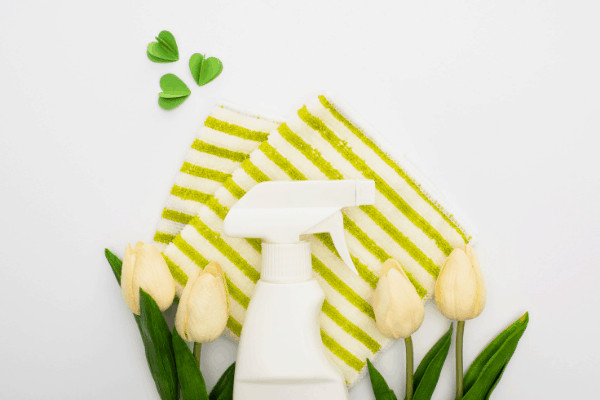In an era where water conservation is more critical than ever, creating a lush garden or landscape that thrives while minimizing water usage has become a high priority for eco-conscious gardeners and landscapers.
The keys to unlocking such a sustainable oasis lie in understanding the delicate balance of nature, selecting the right plant species, and employing innovative water management techniques.
This guide will illuminate the pathway to cultivating verdant spaces that are aesthetically pleasing, water-efficient, and environmentally responsible.
Understanding the Balance of Nature
Before embarking on any garden or landscape project, it’s essential to understand how nature works and its intricate balance. By mimicking natural systems, we can create landscapes requiring fewer resources.
For instance, rain gardens are designed to capture water runoff from roofs and paved surfaces, allowing the plants’ roots to absorb excess water and pollutants. These gardens reduce erosion, prevent flooding, and filter pollutants from entering waterways.
Selecting the Right Plants
Plants are fundamental to any garden or landscape, so choosing the right ones is crucial. When creating a water-wise landscape, plants native to your region will have an advantage as they already possess natural adaptations to thrive in your climate.
Native plants require less maintenance, have lower water needs, and are more resistant to pests and diseases. They also provide homes for pollinators and other beneficial insects.
Furthermore, incorporating drought-tolerant plants such as succulents, cacti, and ornamental grasses can add texture and interest to your landscape while reducing water consumption.
If you don’t know which plants to choose, you can contact a lawn care service for some recommendations.
Employing Innovative Water Management Techniques
Besides selecting the right plants, employing innovative water management techniques is essential to achieving a sustainable and thriving landscape.
One effective method is drip irrigation, which delivers water directly to the root zone of plants, minimizing evaporation and runoff. This technique also reduces weed growth by targeting specific areas instead of watering the entire landscape.
Another technique is rainwater harvesting, which collects and stores rainwater for future use in irrigation or other purposes. This method conserves water and reduces the load on municipal water supply systems.
Utilize your sprinkler system so that it is working efficiently. Install an app and schedule waterings to make sure you get the most out of your water usage. Be sure that your system is in good working condition, and make sure to have regular Sprinkler Repair done so that the lines are clean and the sprinkler heads are all working correctly.
Additional Tips and Tricks
- Utilize mulch to help retain soil moisture, suppress weeds, and regulate soil temperature.
- Incorporate soaker hoses into garden beds for deeper water penetration and efficient watering practices.
- Practice smart watering by irrigating during the cooler parts of the day to reduce water loss through evaporation.
- Group plants with similar water needs together to optimize irrigation and prevent overwatering.
- Amend the soil with organic matter to improve water retention and support healthy root growth.
- Consider implementing a greywater system to reuse household water for non-potable garden needs.
- Schedule regular maintenance checks for your irrigation system to ensure it operates efficiently without leaks.
Conclusion
Creating a thriving garden or landscape that is also water-savvy may seem daunting, but with the right knowledge and techniques, it can be achieved.
Understanding the balance of nature, selecting appropriate plants, and implementing innovative water management practices are crucial to creating a sustainable and beautiful outdoor space.
By following these tips and tricks, you can enjoy a vibrant landscape while reducing your water footprint and contributing to a more eco-friendly environment.






I’m planning to start a garden this summer so this post was super helpful for me! 🙂
This is very timely since we’re working on our garden next month. Will keep in mind to incorporate soaker hoses into the garden beds. I haven’t really thought about grouping plants with similar water needs but we will definitely do that. Thank you for sharing this.
we are working on our backyard garden this year and am trying to figure out the best way to have some sort of drip irrigation set up.. have seen how effective and efficient it is at friends’ places
Grouping them by water needs is so smart. I love these tips.
The water management techniques like drip irrigation, rainwater harvesting, and smart watering schedules are fantastic advice. I never considered a greywater system before, so learning about that was intriguing.